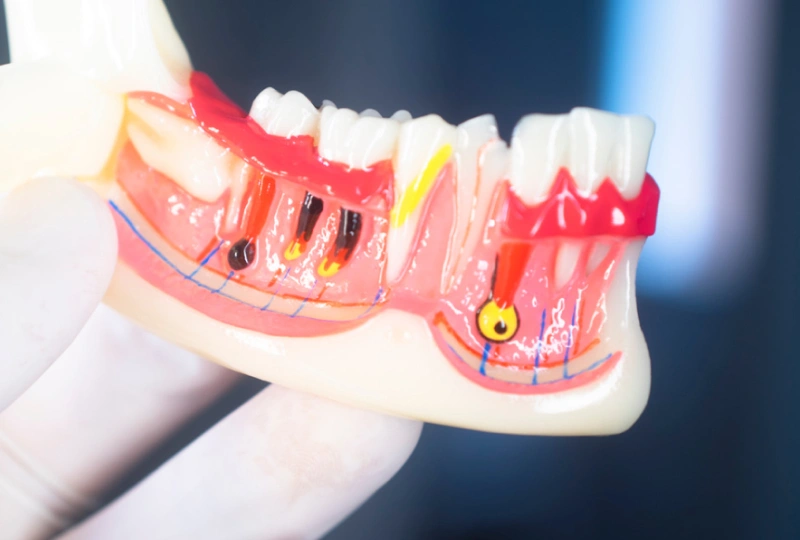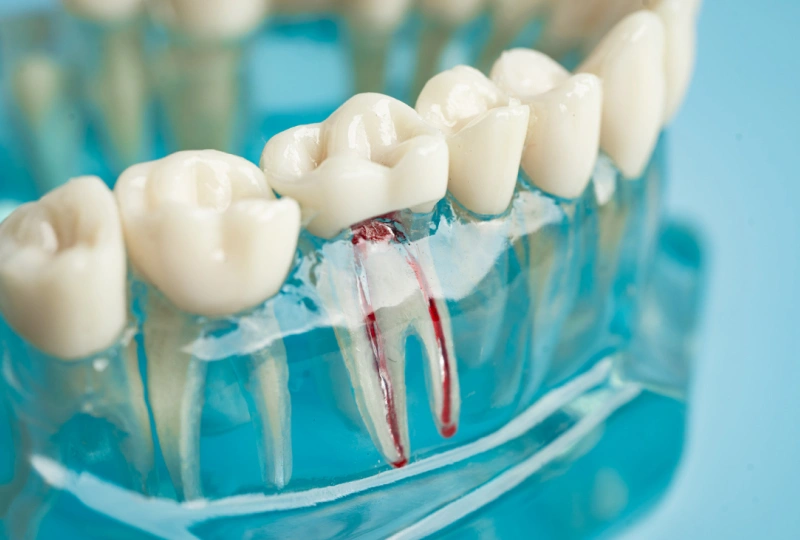REFER A FRIEND: GIVE $50, GET $50
Root Canal and Apicoectomy: Key Procedures for Treating Tooth Infection
Root canal treatment involves cleaning the canals and removing infected or inflamed tissue within the root. If the infection or inflammation persists after the initial treatment, an apicoectomy may be necessary. An apicoectomy involves the removal of the apex (root tip) and sealing the area with a filling to prevent further infection. If left untreated, an infected root can lead to damage to neighboring teeth, spread infection, and even cause the jawbone to deteriorate.

What Does Getting an Apicoectomy Involve?
An apicoectomy treats infections at the root tip of a tooth. It involves a small incision, removal of the infected area, and placement of a filling material. Performed under local anesthesia, it's an outpatient procedure with minimal downtime. Contact us if you suspect an issue with a previously root-canaled tooth.
24/7 Online Scheduling

Reasons for an Apicoectomy
Infected and inflamed soft tissue surrounding the root of a tooth can be both painful and disruptive to your oral health. An apicoectomy is a procedure designed to eliminate this infection, ultimately preserving the tooth's function and preventing the need for extraction. An apicoectomy is generally only considered after a root canal treatment has failed to resolve the issue.
24/7 Online Scheduling
When an Apicoectomy is Necessary
If you have any concerns about your root canal or believe an apicoectomy may be necessary, please contact us for a consultation. We’re here to ensure the health and longevity of your teeth.
Small Adjoining Root Branches
The roots of teeth can be complex and contain multiple small branches. If these branches aren't cleaned and sealed effectively during the initial root canal procedure, inflammation may persist.
Blocked Root Canal
Sometimes, a root canal may be obstructed by a fractured instrument left from a previous root canal. This blockage can trap infection and debris, leading to complications and the potential spread of infection to neighboring teeth.
Narrow or Curved Root Canals
In cases where the root canal is unusually shaped, endodontic files may not be able to reach the root tip. This can lead to persistent or recurrent infections if the canal isn’t properly cleaned.




